In March this year, governments made history by unanimously agreeing on a Global Oceans Treaty at the UN in New York. It’s a ground-breaking agreement that will transform the way we treat our blue planet.
Over 20 years in the making, getting the treaty across the line was the result of sustained efforts by Greenpeace and a whole range of other environmental groups, and enormous public pressure – a true triumph for people power and a step towards a healthier ocean and planet.
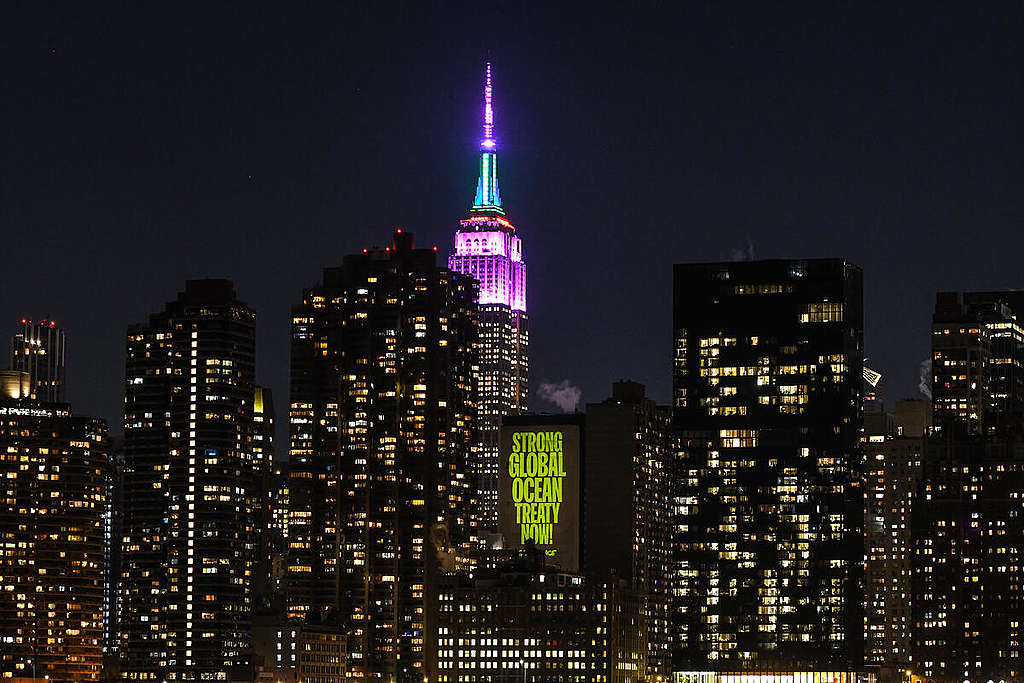
What’s good about the Global Ocean Treaty?
The oceans are fundamental to all life on the planet. They regulate the climate, provide food and livelihoods to billions of people and are home to some of the most magical habitats on Earth. But they need our help and protection from destructive commercial practices such as bottom trawling and deep sea mining.
The historic Global Ocean Treaty sets out provisions that will pave the way for greater ocean protection, meaning marine life in vast swathes of the ocean to recover and thrive. The treaty does this by allowing for the creation of fully protected areas in international waters. Known as Marine Protected Areas or MPAs.
To date, it’s been impossible to create MPAs on the High Seas because the legal mechanism simply didn’t exist. Now that we have a treaty, there is a pathway for protecting a third of the world’s oceans by 2030. Often called 30×30, this is what scientists say is the bare minimum needed to avoid the worst of the climate and biodiversity crisis.
Does the Global Oceans Treaty offer protection beyond 30×30?
Securing this mechanism alone is monumental enough. But the Treaty also details how the rest of the oceans – those areas that are not put into protected areas – can be treated. That’s because the agreement also has sections that designate rules on what activities can take place in the High Seas, and how their impacts should be assessed ahead of time. It also has provisions for sharing the benefits of resources found in the High Seas – given that no one nation ‘owns’ international waters or the life found within them.
So we have a Global Oceans Treaty, what now?
What we have right now is an agreement between UN states on the Treaty text. This was no easy feat – it took years of negotiating, campaigning and public pressure to achieve this, as well as countries showing great flexibility in the final meeting in March to finalise the wording.
Now that we have the Treaty text agreed – it has to be officially brought into force. Step one was the Treaty being formally adopted by consensus at the UN in New York on June 19.
Here’s what will happen next:
- In September, we expect the Treaty will open for signing, and we will be encouraging as many states as possible to be early signatories
- 60 countries then have to ratify the Treaty through their own processes for it to come into force – which we are pushing to happen by early 2025
Our vision is that by early 2025, the Treaty will be ratified, brought into force, and UN member states can begin the vital work of getting protected areas in place – to safeguard marine life, habitats, and allow the ocean to recover and thrive.
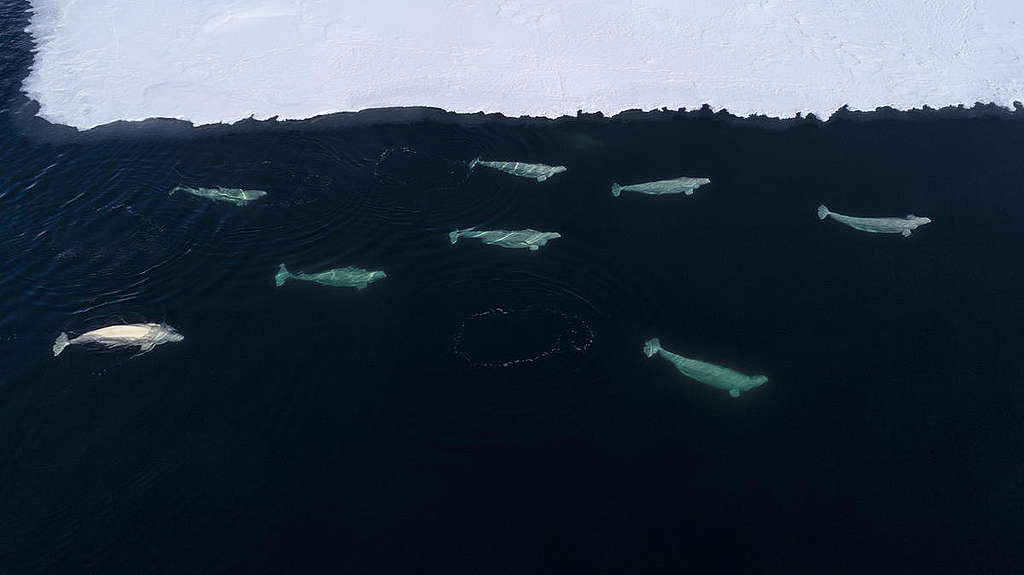
Does it mean 30% of the world’s oceans are protected now?
Not quite yet – but we now have the mechanism to get us there.
Once the Treaty enters into force, large swathes of the High Seas or international waters can be put into Marine Protected Areas (MPAs) which, if done right, would mean they were off limits to destructive practices like bottom trawling and deep sea mining.
What we have to do now is keep up the pressure on governments globally to adopt and ratify the Treaty with urgency, so there are no delays to getting ocean protection in place.
If governments move quickly we can still meet the 30% by 2030 deadline, which was agreed to at the Convention on Biological Diversity (CBD) meeting in 2022. Doing this is vital for avoiding the worst of the climate and biodiversity crisis, and we do need to urge world leaders to act with urgency, and ensure that this important work does not fall to the bottom of the priority list.
Are the protected areas already decided?
No. The Treaty provides the ability to designate protected areas in international waters, but it does not propose the locations of the areas themselves.
Decisions on MPAs will be made by the Conference of the Parties (COP) to the new Treaty – all those who sign and ratify it. This new COP has been established and will meet each year to discuss issues related to the High Seas, including MPA proposals.
There are areas of the High Seas already identified as priority areas for protection because of the variety and richness of life they support – many of these are designated as EBSAs (Ecologically or Biologically Significant Areas). These are places that would make the most sense to protect first because they meet certain biodiversity criteria.
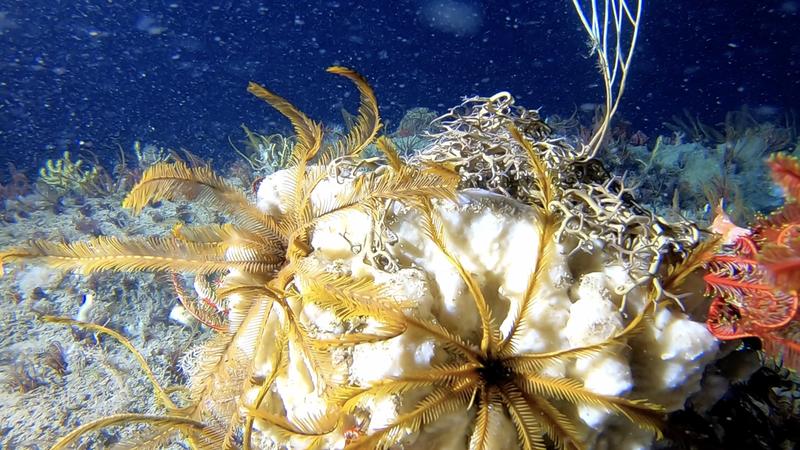
How do we decide where Marine Protected Areas should be?
It’s essential that MPAs in the High Seas are picked based on their ecological values. This includes factors like important migratory pathways of marine creatures like whales, crucial habitats and breeding and foraging grounds.
It’s really important that commercial or industrial interests have no sway over what areas are chosen to be MPAs. Governments should agree on protected areas based on their ecological merit – even if, for example, it’s a place where the fishing industry has a keen interest in fishing.
If the ecosystem, or group of ecosystems, meets the criteria for protection in a certain marine area – it must be protected regardless of whether it’s commercially useful.
Has work already started on Marine Protected Areas?
Greenpeace put out a report in 2019 that looked at what areas should be prioritised when it comes to High Seas protection, it includes an interactive map of proposed protections, areas of particular biodiversity, and shows what little current protections exist.
The High Seas Alliance, a group of organisations that have been dedicated to getting the Global Oceans Treaty across the line, also has a map of priority sites on their website here.
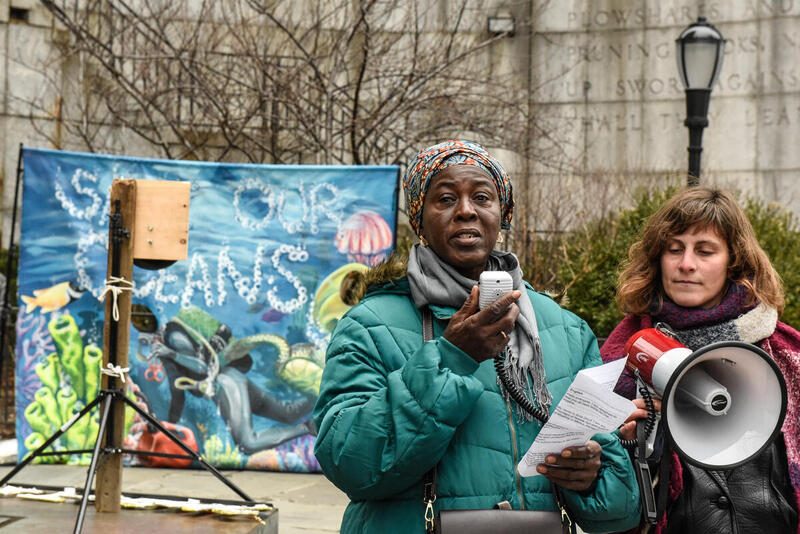
What is Greenpeace’s role in the Global Oceans Treaty?
Greenpeace, alongside other civil society groups, has been working on securing a Global Oceans Treaty for almost two decades, and we’re not going to stop before we reach the finish line.
We will continue working hard to push global governments to ratify this important agreement, so we can protect our blue planet for the future. This will involve both political lobbying of governments, as well as public work that we’re cooking up exciting plans for.
Watch this space, but rest assured we will continue our campaign to get the strongest protections in place for the oceans.
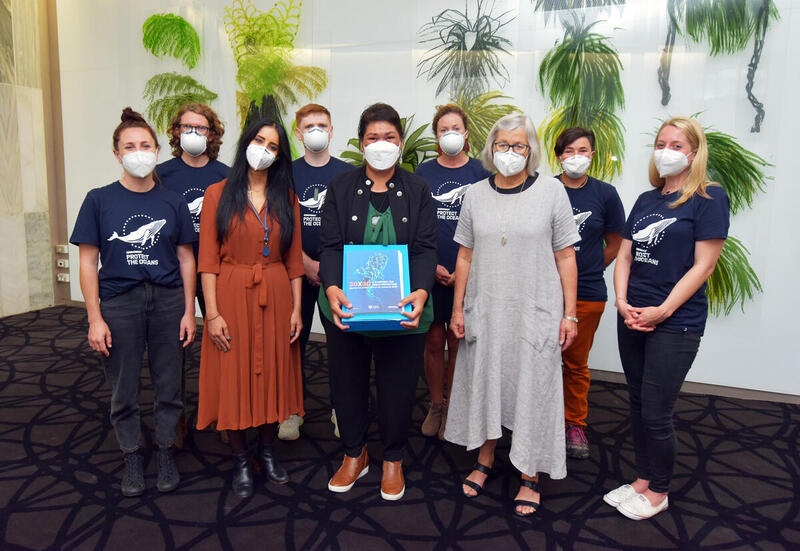
What can people do?
We’ve only got this far because of people like you raising your voice – signing petitions, contacting politicians, sending video messages, and spreading the word. People power is what got this Treaty agreed – and we’re going to need to continue demonstrating that power in the months and years ahead.
Together, I know we can get ocean protection in place, and safeguard wildlife and the climate. You can help by following the journey of the treaty as it progresses and continuing to call for the creation of MPAs on the high seas.
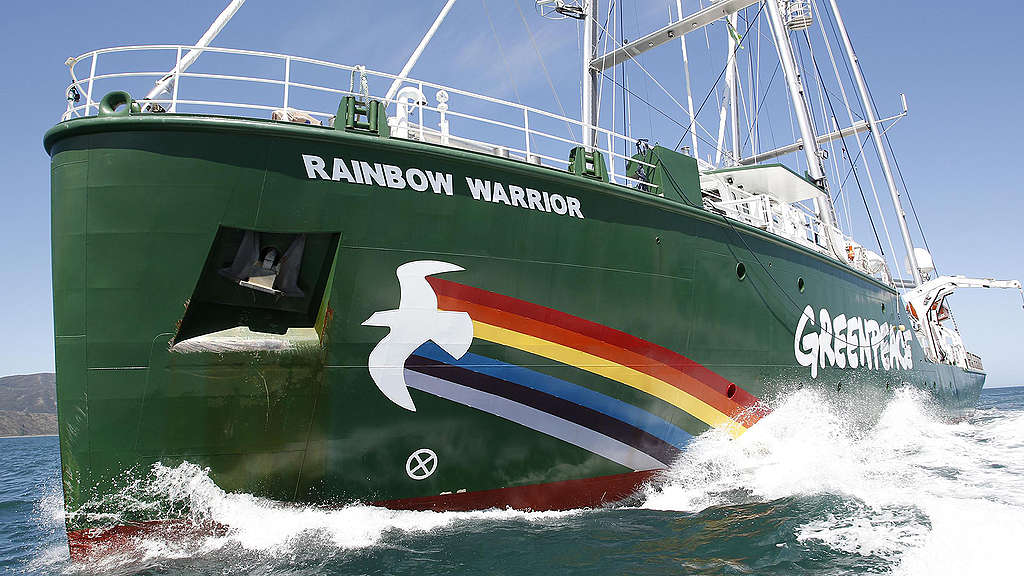
Take action for environmental protection. Please make a donation today. Greenpeace exists because this fragile earth deserves a voice. It needs solutions. It needs change. It needs action.
